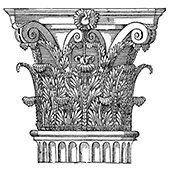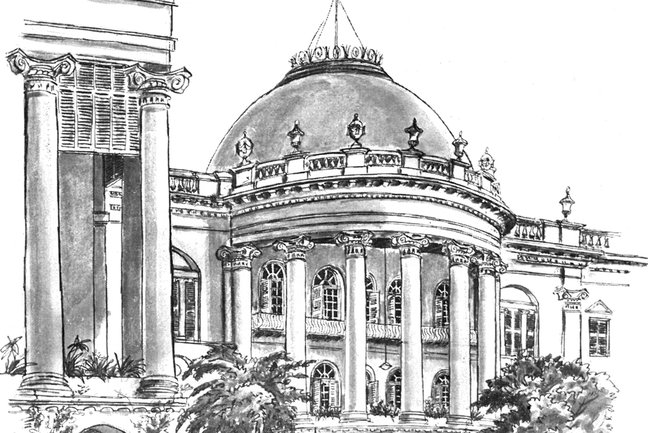Please enter your username and password to logon to the member pages

Empire Architecture
Empire Architecture Overview
India’s leading cities, Kolkata, Mumbai and Delhi, former centres of British governance. A wealth of imperial architecture from the 18th to the mid-20th centuries, as well as the magnificent Islamic monuments of Delhi. Private visits and special access are a feature of the tour.For the first two-and-a-half centuries of British presence in India, until the Indian Rebellion of 1857, Britain’s interests in India were run not by the crown but indirectly by the East India Company. Founded in 1600, the Company was one of several such commercial European enterprises initiated to take advantage of the recently discovered sea routes. Kolkata (Calcutta), Chennai (Madras) and Mumbai (Bombay) were originally established as trading posts, but if the imperial venture had its roots in trade, its fulfilment manifested itself in bureaucracy.
At the height of the British Raj, about a thousand Anglo-Indians in the Indian Civil Service administered a population of 300 million. This tour explores British designed buildings in India, dating from the mid-17th to the mid-20th centuries. From the architecture of conquerors, wishing to ‘civilise’ or impose their sense of order, to the buildings of those anxious for a degree of integration, it considers evolving architectural styles and how they reflect the aspirations, activities and impact of the British in India.
Buildings which at first sight appear to have been transported bodily from Manchester, Glasgow, Bristol or London, on closer inspection reveal quirks which reflect adaptations made in response to the climate and architectural styles of the locality. Some are designed by major British architects – George Gilbert Scott, Edwin Lutyens and Herbert Baker among them – but most are by less familiar names. Some sent out drawings from Britain but others, like F.W. Stevens, William Emerson and Arthur Shoosmith, settled in India for years or decades, while, towards the end, local Indian architectural talent came to the fore. Then there is Indo-Saracenic architecture, a Victorian Orientalist hybrid.
Nearly 80 years after Independence, the physical evidence of the British presence survives. Kolkata with its wealth of classical buildings remains ‘the city of palaces’, Mumbai is acknowledged to have the finest collection of Gothic Revival buildings in the world. Finally, Lutyens and Baker’s hugely ambitious New Delhi is the ultimate culmination of British architectural endeavour. From the outset the British had looked with envy and a growing sense of inadequacy at the architecture of the Mughals. With seeming effortlessness, these Muslims from the west had given life to a fitting, new and hugely alluring style for the buildings of their empire. Only a couple of decades before Britain’s imperial ties were severed, Lutyens succeeded where the Mughals had themselves succeeded, in creating a singular, distinctive and fitting empire style.

